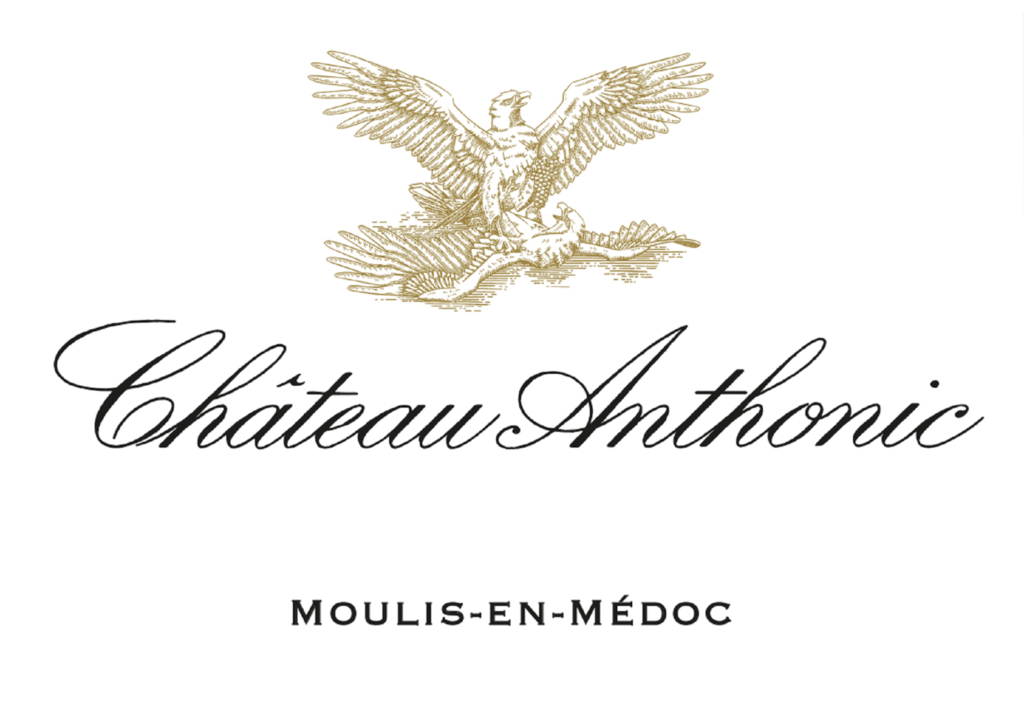Château Anthonic Moulis-en-Médoc 2022
Château Anthonic Moulis-en-Médoc 2022
Jean-Baptiste Cordonnier is one of Bordeaux’s foremost advocates for regenerative, organic viticulture, and a forerunner and current leader of the French agroforestry movement, now in partnership with his son Théophile. Agroforestry is an agricultural system which seeks to mimic the living soils found in forest ecosystems. As a young man, Jean-Baptiste studied agro-engineering in Belgium, focusing on water and forests, having worked on rural agricultural developments in the Congo. In 1993, he came back to his family property, Château Anthonic, and began to redress the balance of the vineyards by taking steps which progressively led to a holistic approach with the introduction of agroforestry, with the winery being certified organic in 2019.
The primary Anthonic vineyard sits at 23m above sea level with 24 hectares in one single parcel centered around the family home and winemaking facility in Moulis-en-Médoc. The village of Moulis is located in the heart of the Médoc, on the left bank three kilometers from the Gironde estuary, halfway between Margaux and Saint-Julien. The Moulis-en-Médoc AOC is a narrow band stretching 7km from east to west, its vineyards protected from the harsh Atlantic winds by the Landes forest to the west.
Three-quarters of the soils at Anthonic are predominantly clay-limestone (68%), with the remainder being sandy-clay (26%), and a smaller proportion containing Garonne gravel over limestone (6%). The property is co-planted with merlot (62%) cabernet sauvignon (29%), cabernet franc (7%), and petit verdot (2%) with a planting density of 7,000 vines per hectare. Château Anthonic has grown from 26 to 32.5 hectares in production, benefiting from some of the gravel and limestone terroir of Grand Poujeaux through their acquisition of nearby Château Lestage-Darquier Grand Poujeaux in 2022.
This acquisition was a win for both estates of the Cordonnier family, simultaneously increasing the quality of Anthonic while taking Lestage-Darquier Grand Poujeaux to the top level in the region. The remaining vineyards not intended for the Grand Vin of LDGP are integrated into Château Anthonic. There is great synergy between the two concepts and they benefit one another through their expanded agroforestry network in Moulis.
The vineyards of Château Anthonic are criss-crossed by a network of ditches, bordered by thickets and groves, and abutted by hardwood forest. Since 2010, Jean-Baptiste has been planting hedgerows along the ditches between the vineyards, creating wildlife corridors which connect the wooded areas, providing uninterrupted passageways for the fauna. With each replanting of vines they remove two rows to introduce a row of deciduous trees (linden, black poplars, elms, maples, hawthorns, holm oaks, white oaks, dogwoods, and wild apple trees) for every 20 rows of vines. As of 2022, they have planted more than four kilometers of hedges and there are now 20 hectares of woodland and meadows on the property.
Plots are hand- or machine-harvested depending on the age of the parcel, vine trellising, and practical concerns. The key factor is that each individual parcel is harvested at the ideal ripeness, and each plot is vinified separately. Grapes are sorted with an optical sorting machine. Bunches are destemmed, crushed and fermented by parcel and variety in temperature-controlled concrete and stainless steel vats. Alcoholic fermentation lasts 10 days with 17-25 days of skin maceration, depending on vintage. The juice is extracted from vat, and then the skins are pressed and divided into three categories and tasted. The final blend of 2022 contains 85% free run juice and 15% of the best press juice. The free run juice goes through malolactic fermentation in stainless steel tanks, while the press juice obtains malo in barrel.
The final blending is done prior to aging. Château Anthonic goes through 12 months aging in 225L French oak barrels (33% new, 11% in one year-old, 15% two year-old), 30% in concrete tanks, and 11% in 750L TAVA terracotta amphorae. The objective of this atypical Bordeaux maturation is to express the personality of that year’s harvest, with the length of the élevage determined by the attributes of the vintage.


